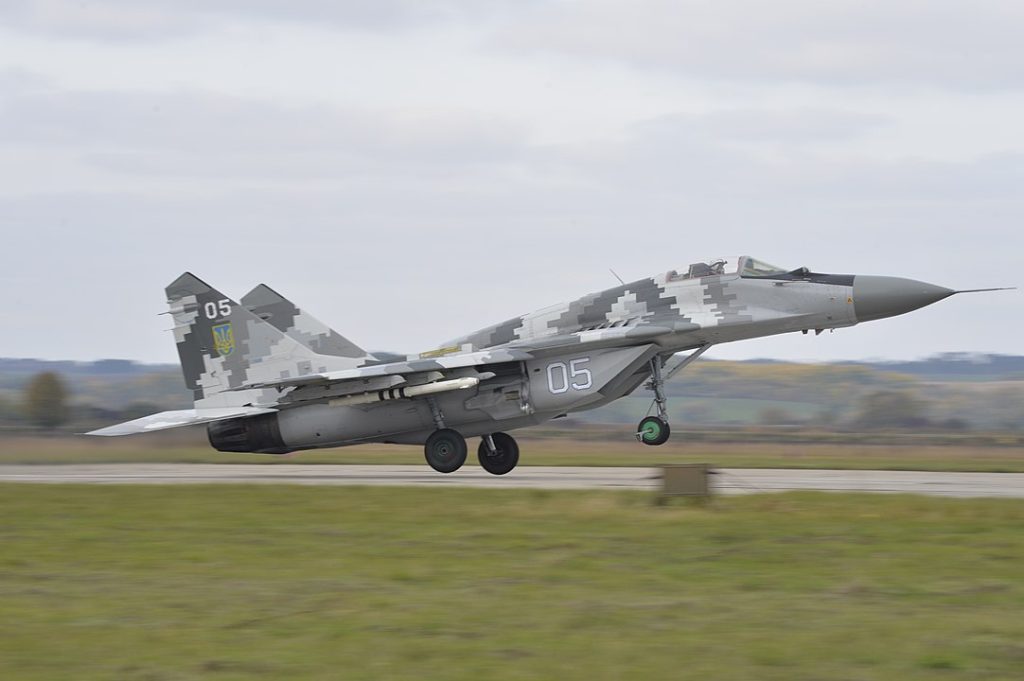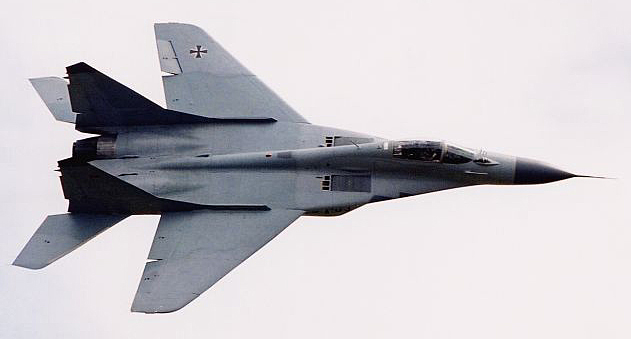
The CTR Program, also known as the Nunn-Lugar CTR, established to aid former Soviet states in denuclearization and to prevent proliferation, became the backbone of this transaction. On March 4, 1997, Moldova was certified as eligible for the CTR program, and an “umbrella” agreement was concluded between the nations on June 23, greenlighting this exchange and future cooperative activities.

Russian Defense Minister Igor Sergeyev contested the nuclear capability of the acquired MiG-29Cs, indicating a disparity in U.S. and Russian definitions of “nuclear-capable” aircraft. While Sergeyev asserted that the hardware necessary for nuclear armament had been removed from the aircraft back in 1989, U.S. officials held firm on their stance that the wiring in the MiG-29Cs allowed for such capacity.

Despite the dispute, the aircraft’s journey to American soil was swift and methodical. In late October, U.S. crews dismantled the fighters and shipped them aboard C-17 cargo jets to Wright-Patterson Air Force Base in Ohio.

There, they were to be reassembled for analysis and used in training exercises. This procurement enabled U.S. defense experts to gain unprecedented insights into the MiG-29 class, an aircraft that continued to play a significant role in the air forces of many former Eastern Bloc nations.

The Israelis purportedly flew every aircraft 20 times over a two-week period in April 1997.

Simulated combat exercises were carried out against the F-15 and F-16, and a technical assessment of the helmet-mounted sight and infrared search-and-track systems was completed. The Israelis were greatly impressed by the fighter jets.

“MiG’s abilities equal and sometimes even exceed those of the F-15 and F-16 jets”, said Major N, one of the IAF pilots who flew the MiG-29.

“The aircraft is highly maneuverable, and its engines provide a higher weight-to-thrust ratio. Our pilots must be careful with this aircraft in air combat. Flown by a well-trained professional, it is a worthy opponent.”

Moldova retained six of the MiG-29C fighters, intending to sell them to a non-“rogue” state as recognized by the U.S., effectively disbanding its air force to economize.

This divestment by Moldova echoed a larger trend among former Soviet Union states, excluding Russia, which actively fielded 284 MiG-29s at the time, though the more advanced MiG-29Cs were fewer in number.

The acquisition of the MiG-29s was not an isolated incident of U.S. interest in Russian military hardware. For decades, the U.S. military and intelligence communities have pursued a practice known as Foreign Military Exploitation (FME), aiming to acquire and analyze foreign military equipment to gain a competitive edge.

related images you might be interested.








